Game: “The Dead Tree of Ranchiuna”
The Dead Tree of Ranchiuna
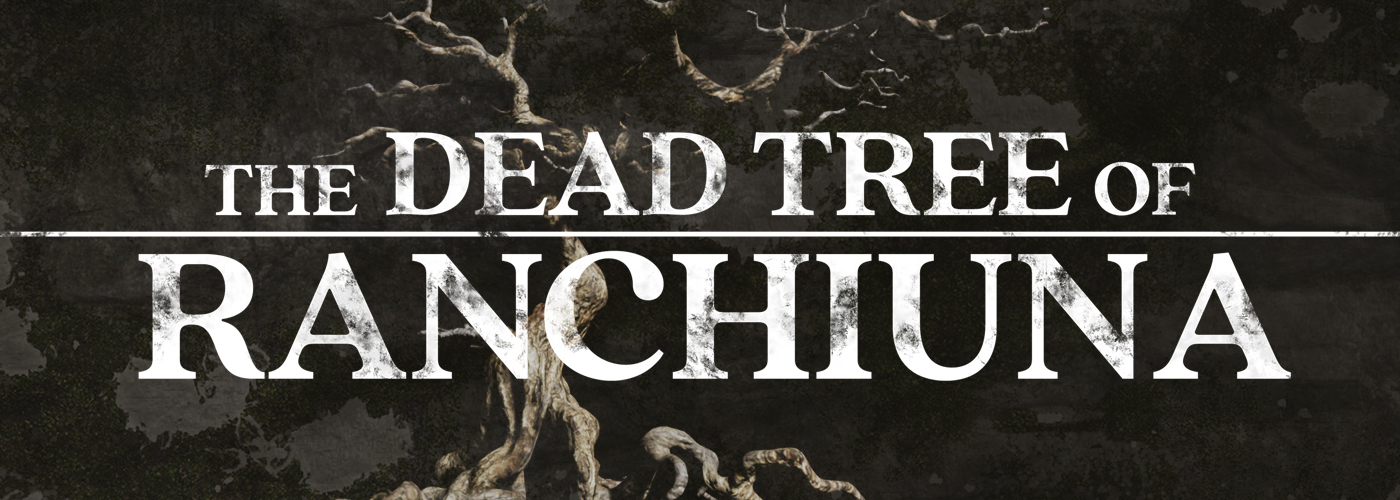
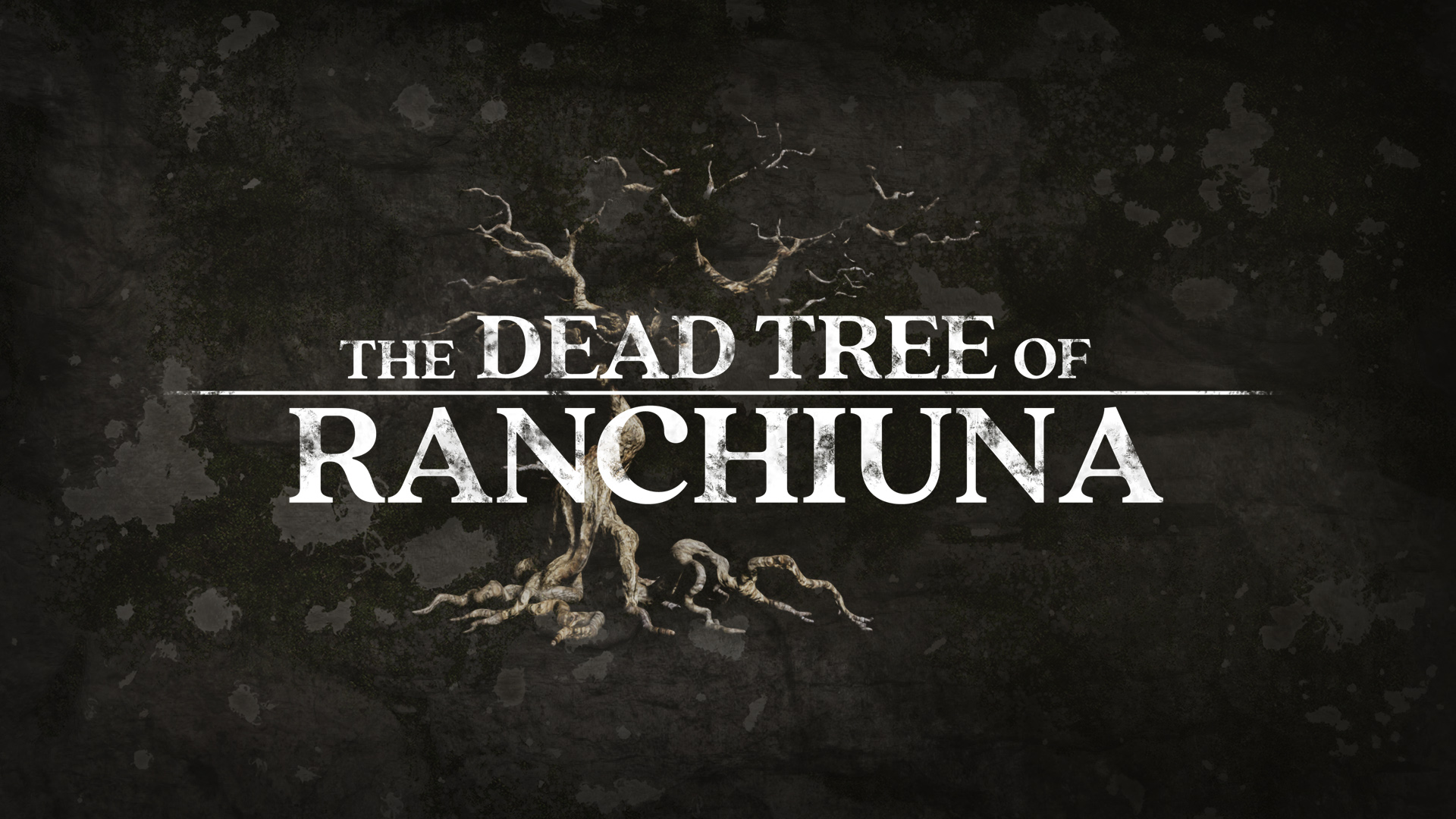
Much like last year’s foray into the world of visual novels, the walking simulator genre largely passed me by until I played What Remains of Edith Finch, and it was rather good. For those who don’t know, a walking sim forgoes the traditional exploration found in most video games and instead focuses on leading the player through a well written story that’s usually capped off over a single rainy Sunday afternoon. Sometimes there are elements of puzzle solving or perhaps there’s a little exploration, but the key selling point is always the plot. The Dead Tree of Ranchiuna from atmospheric developer Tonguç Bodur is another entry in the easy going genre, but does it live up to the highlights in this niche, or even his other works…?
At A Glance
| Scores | |
| Visuals | 8 /10 |
| Sound | 6.5 /10 |
| Gameplay | 2.5 /10 |
| Overall | 4 /10 |
| Positives | + Really good soundtrack + Pretty visuals + Auto walk for when you just can’t hold a control stick |
| Negatives | – The tale doesn’t make much sense – Lasts an hour – ‘Puzzles’ in the loosest sense |
| Price (When Reviewed) | £7.99 |
| Our Playtime | 2 hours |
| Available On | PS5, PS4, Xbox Series X|S, Xbox One, Nintendo Switch, PC |
The answer in short, is unfortunately, a resounding “no”. The Dead Tree of Ranchiuna tells the story of a young man who returns home from the big city after his university course has finished. The narrator starts by explaining how exciting it is to come home after such a long time away, but on arrival finds no one is there, just empty houses and an ominous tree. It seems the villagers have all left their homes due to some unfortunate event; in fact the only things of note when you arrive are some ghostly wisps of colour that pulsate as they talk, seemingly to represent the memories of the villagers, and during the course of the game they start to unravel the story in more ways than one.
The Dead Tree of Ranchiuna drops you right into the story, and after a brief introduction by the excellent narrator, I found the aim of the game is to simply follow the aforementioned spirits. They vaguely guided me on my journey, and as I progressed, the problems with the game also came into focus. What starts out as a nice visual jaunt turns from an ethereal fact finding mission about what happened in the village and ends up being a pile of gibberish that revolves around a dark event, lost love, and possibly a stolen toy.
After two clear playthroughs, I’m still not 100% sure on what’s going on, and neither it seems is the narrator, as he flicks from the standard rekindling of love to a tale of revenge seemingly at random. I think I grasp the main concept, but it took much longer than the game lasted to work it out. An example of the muddled story is shown with the disembodied spirits as they discuss what pranks they should play on someone. Just as that conversation was done, the next time I saw them (literally rounding the next corner), it was a month later and they were all laughing about what a success it had been. The narrator doesn’t help matters either, as he’s either talking about events that unfold later in the game or speaks disconnected waffle that has no bearing on anything relevant. It was all rather disappointing as what I think was trying to be told could have been so much better if there had been a longer and more thought out script.
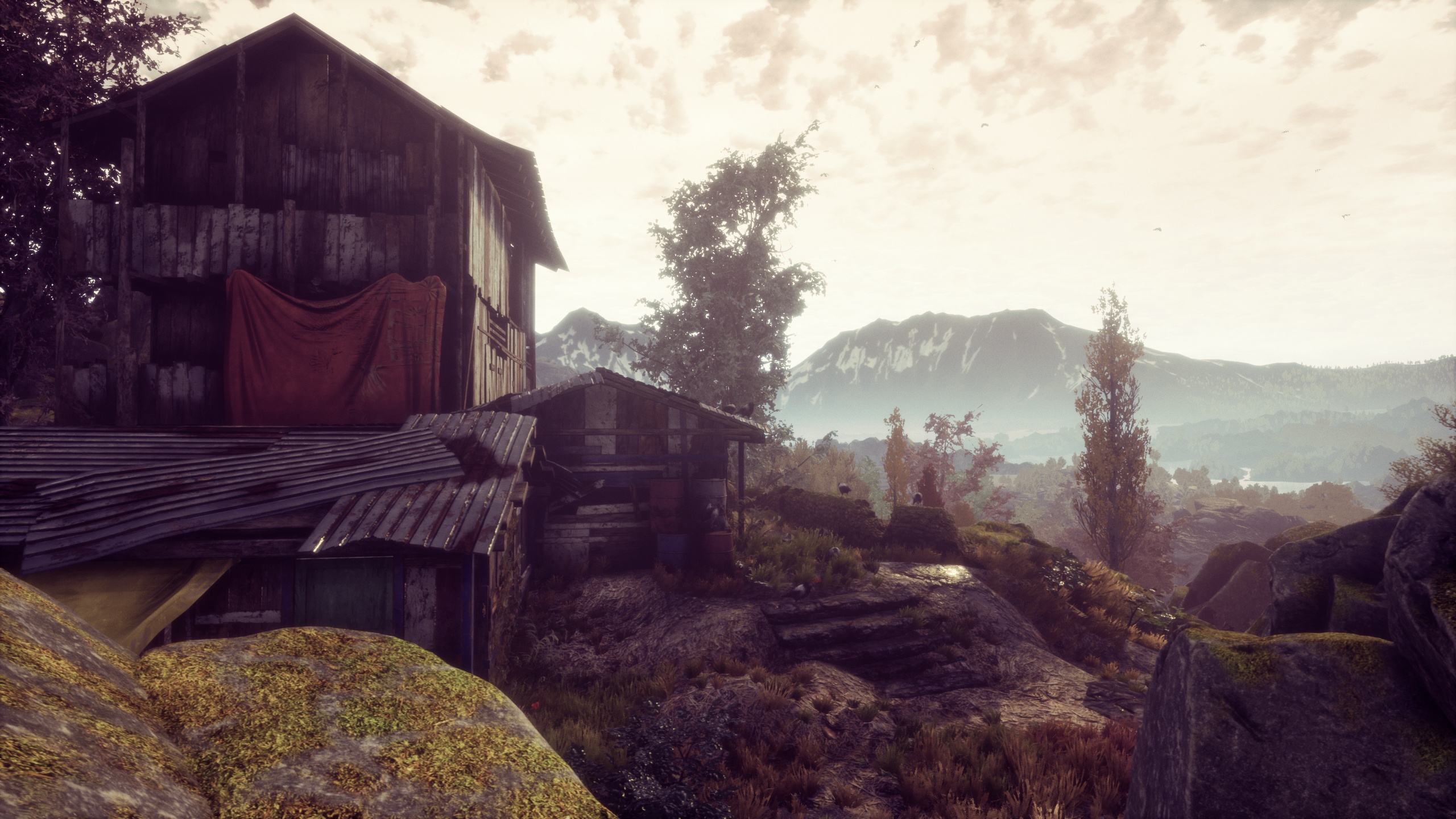
As it stands, The Dead Tree lasts around an hour and by the end, I was happy it was over. I think some of the negative experience also stems from the fact that the game is a very literal walking simulator, and aside from the occasional “puzzle” (read: flipping a switch to open a gate), there was nothing to it. An auto-walk feature is even built into the control scheme, which I can only imagine is for someone who wants to make a cup of tea but also comes in handy for those of us who doesn’t want to sit through 45 minutes of muddled storytelling. To Bodur’s credit, there is some post-game content that involves picking locks to discover more history of the village, but this should have been incorporated into the main story to give it some variance.
Where The Dead Tree comes to life is definitely in the audio department. The orchestral music swirled around the mountain in a peaceful and unimposing manner, and would rise and fall depending on the actions that unfold on screen. The voice acting though is a little more miss than hit, with the dreamlike spirits having awful dialogue to speak that’s been delivered with more cardboard than an Amazon delivery. It’s not all bad though, the narrator speaks with such vigour that I couldn’t help being pulled in, no matter what pretentious, nonsensical words were actually coming through the TV speakers.
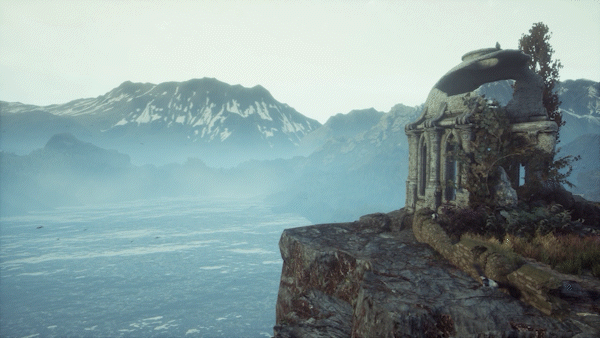
The soundtrack isn’t the only thing The Dead Tree has going for it, the game is also really lovely to look at. The mountain range is vast, with a wide field of vision and is absolutely beautiful to take in, especially coming from the high resolution output from the console. The village, though sparse, has a degree of detail on the buildings that even some triple-A studios wouldn’t think of. If anything, the visuals from the one-man developer looked a little too good. This is because the game employs a tactic of asset flipping; effectively using free assets available as a perk of using the Unreal Engine. It’s a practice that allows a creator to use generic components provided without having to build them from scratch. This might erk some pickier gamers as Tonguç Bodur has only rearranged some existing buildings, landscapes and characters and hasn’t crafted them from the ground up, but I’m personally all up for this method of game development. It would be like seeing a contestant of the Great British Bake Off create a visually stunning bake that tasted terrible, and dragging them over the coals that the flour was shop bought instead of homemade.
But where The Dead Tree excels visually and in the sound department, it is a shame about the rest of the experience. Don’t get me wrong, I desperately wanted to like The Dead Tree of Ranchiuna; from the opening of the game my senses were firing from the visual treat on my eyes, and when the narrator started telling the story, I could feel the beginnings of an exciting tale. But it wasn’t long before the sheen from such a powerful first impression began to fade. The story tries to be cohesive, but it quickly descends into a dark tale revolving ostracisation and finally slides into something so far-fetched it completely ruins the experience. The short play time doesn’t do the game any favours either. Clocking in at around 45-60 minutes long, The Dead Tree felt as if the original story was too long and cuts had been made, leaving a terribly short experience where the plot jumped all over the place, and left me feeling that the game I was finally offered dragged on longer than it could have.

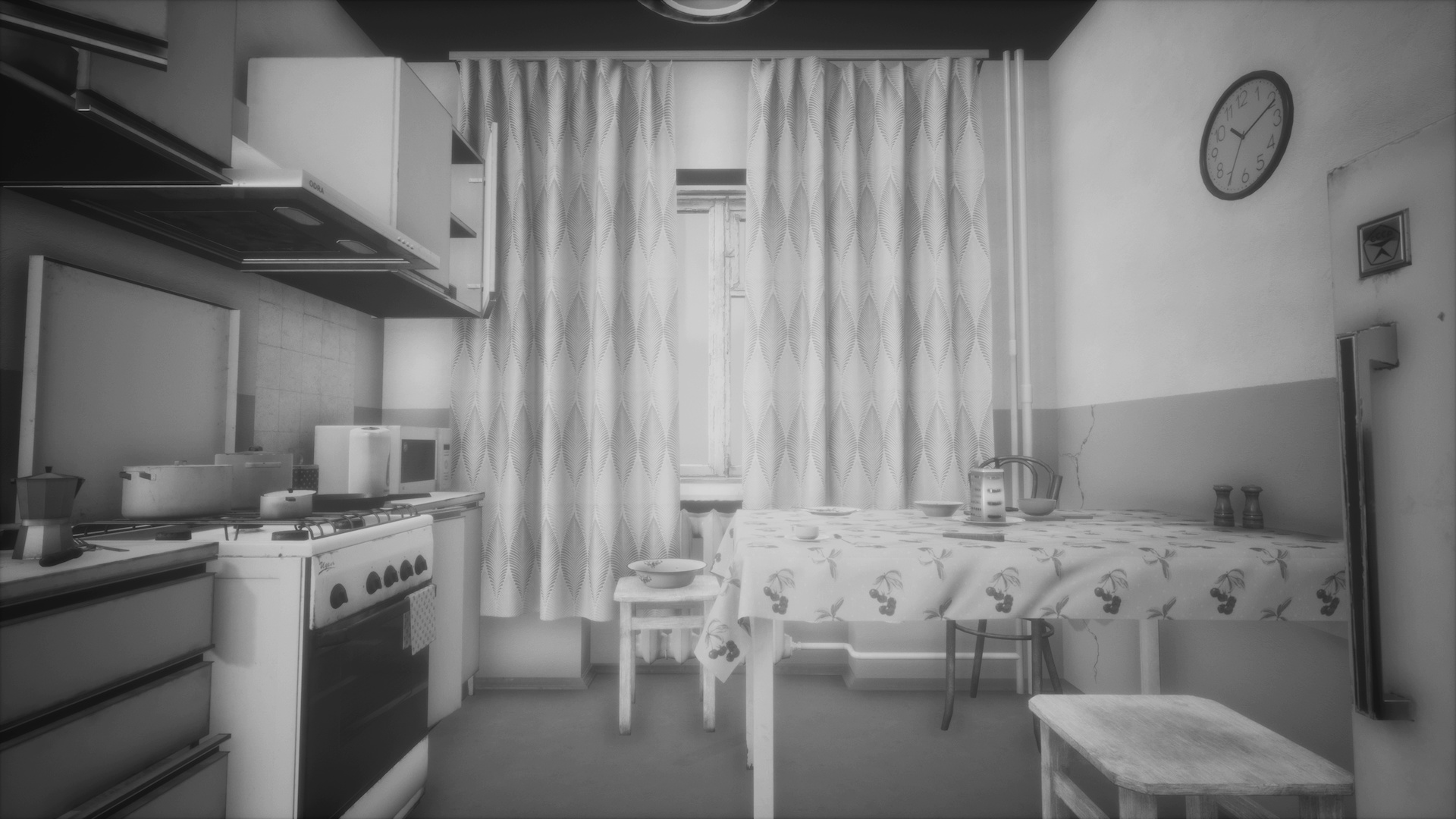
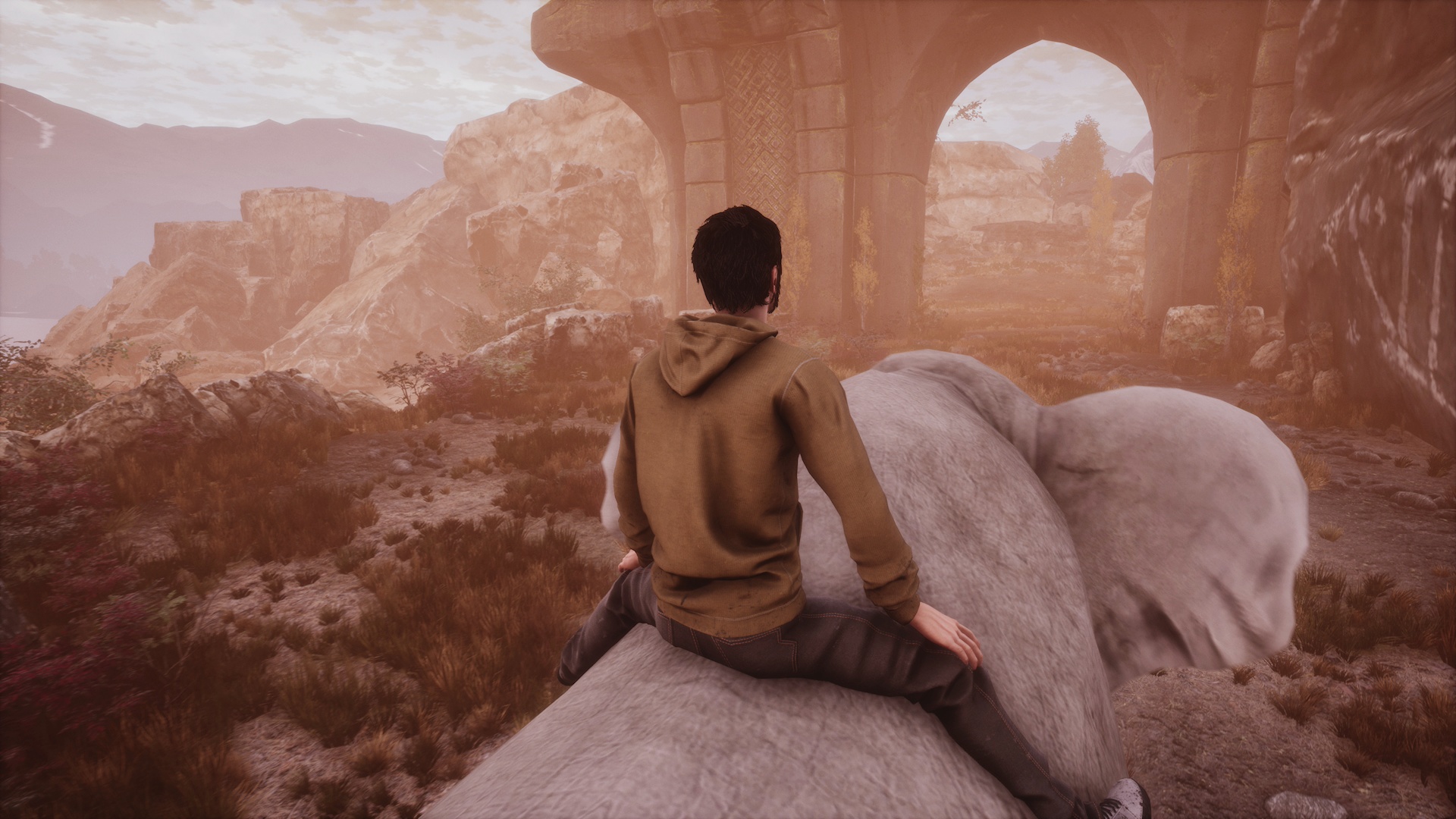
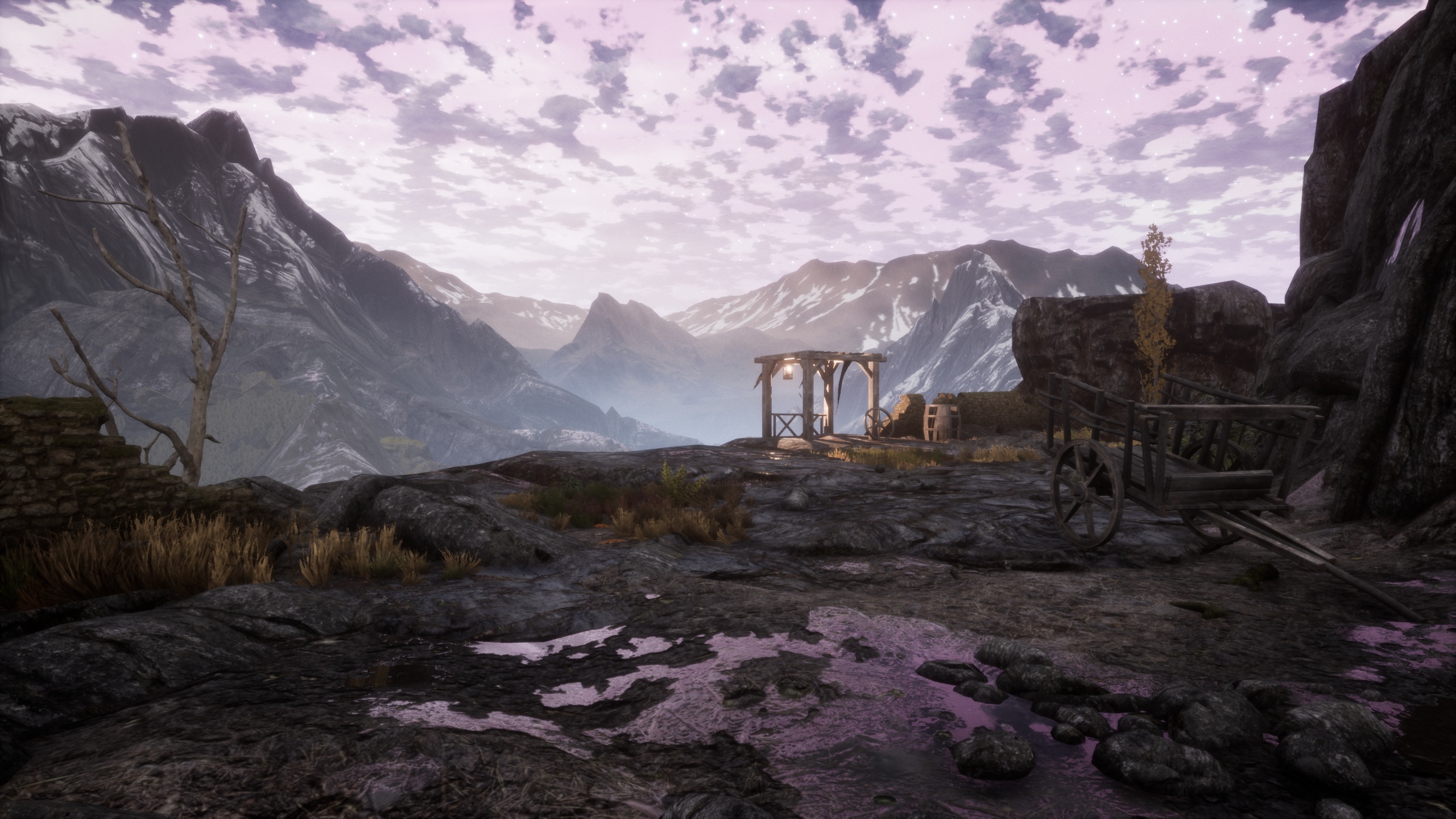
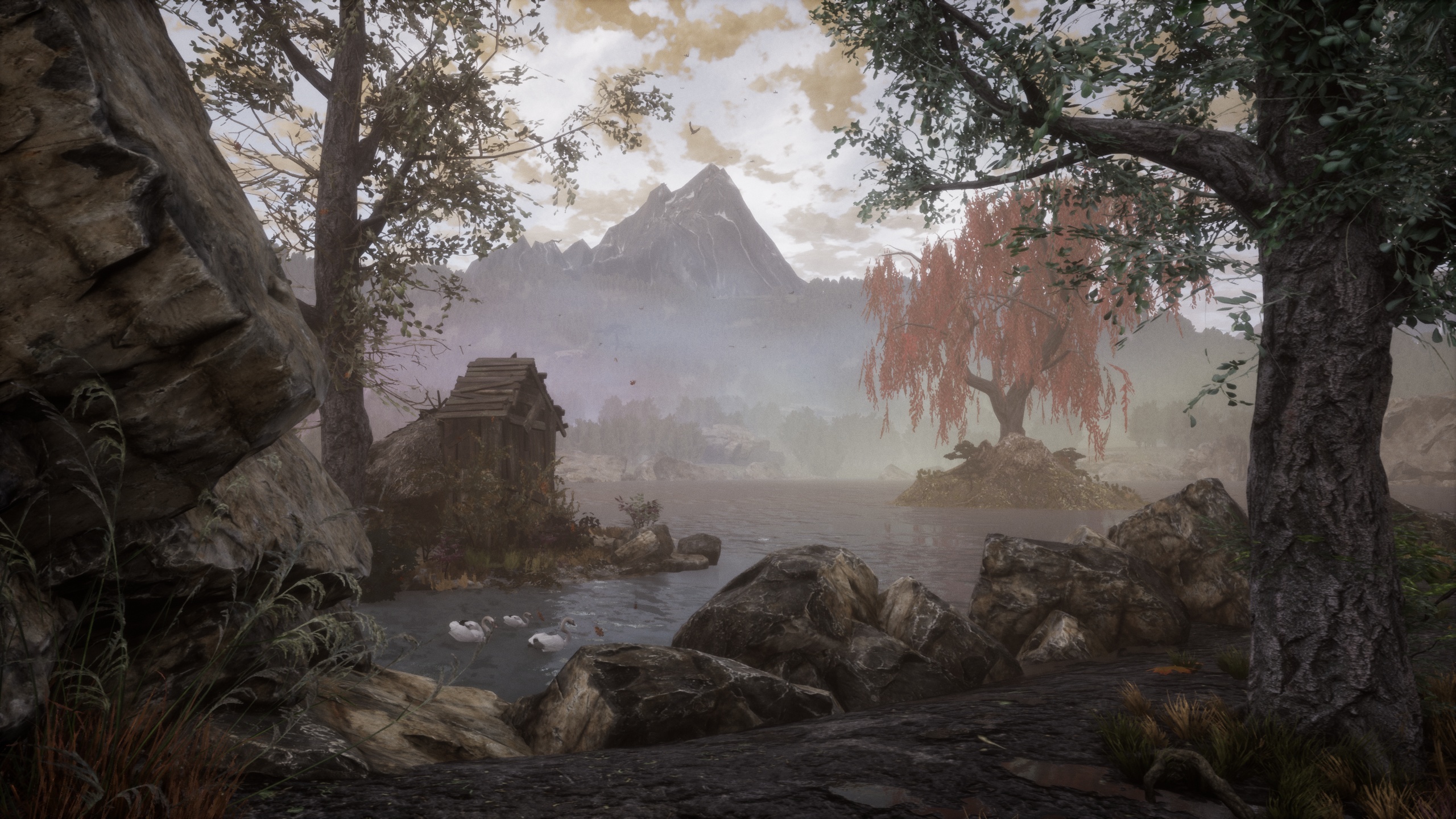
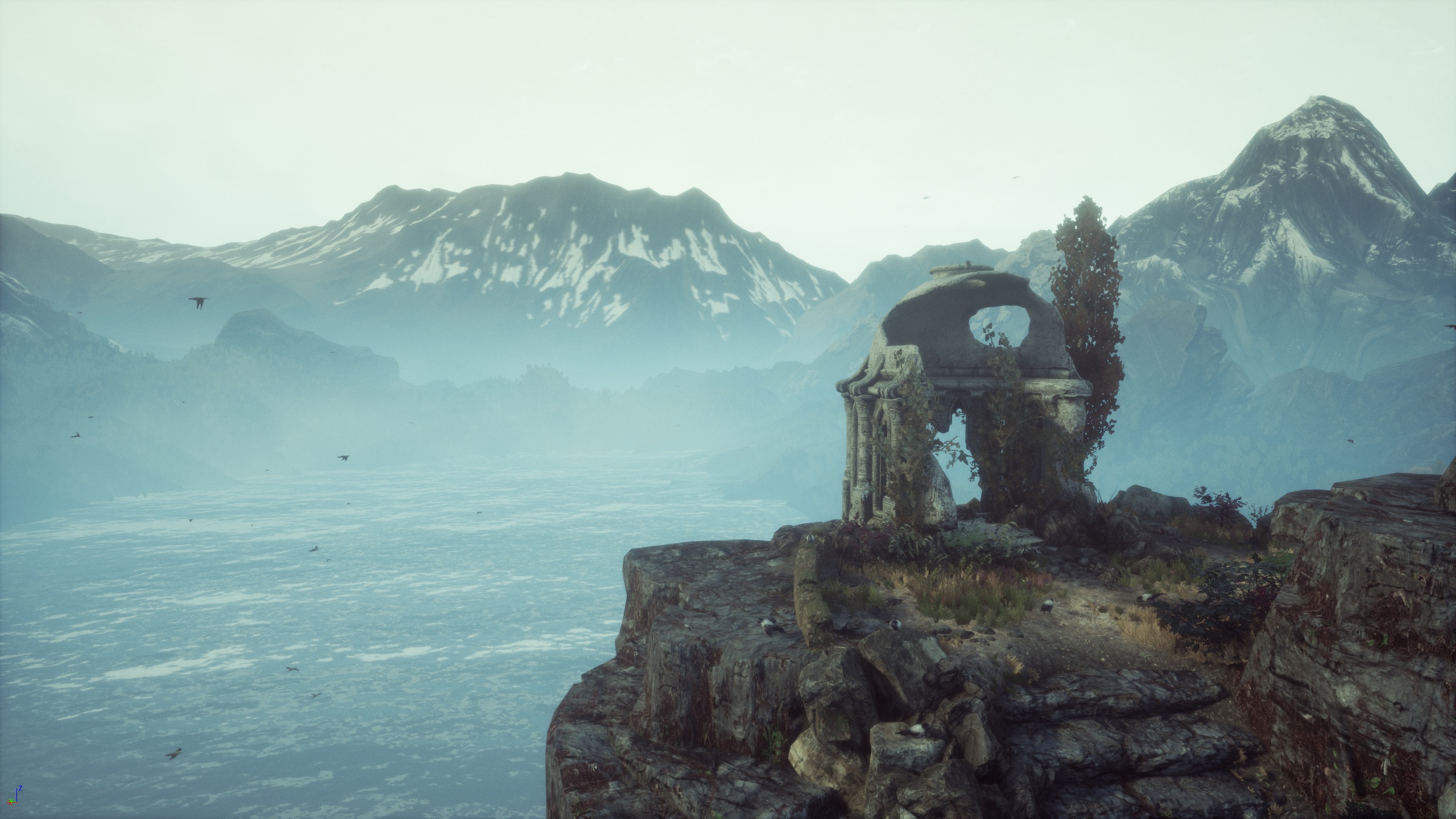
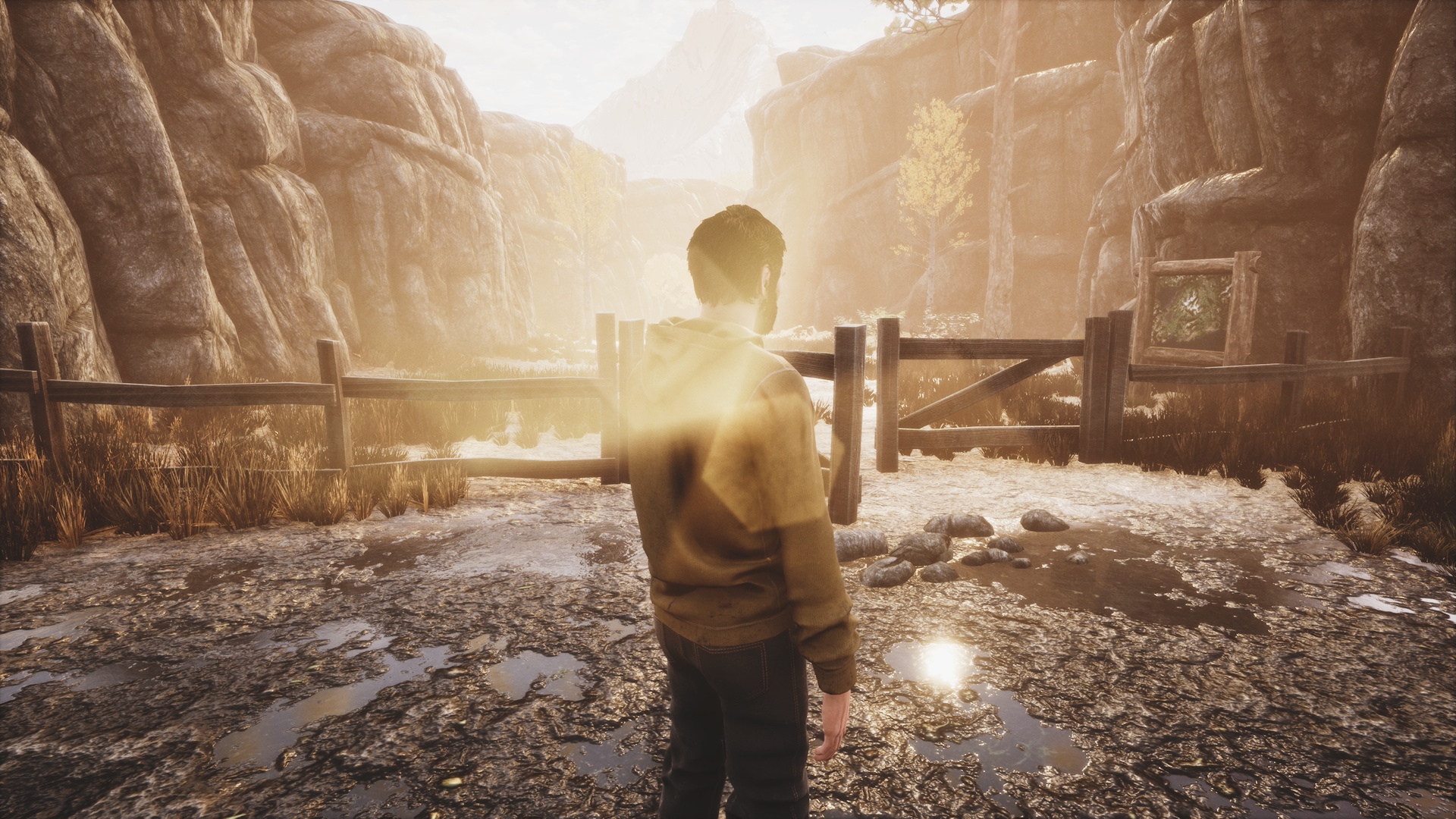
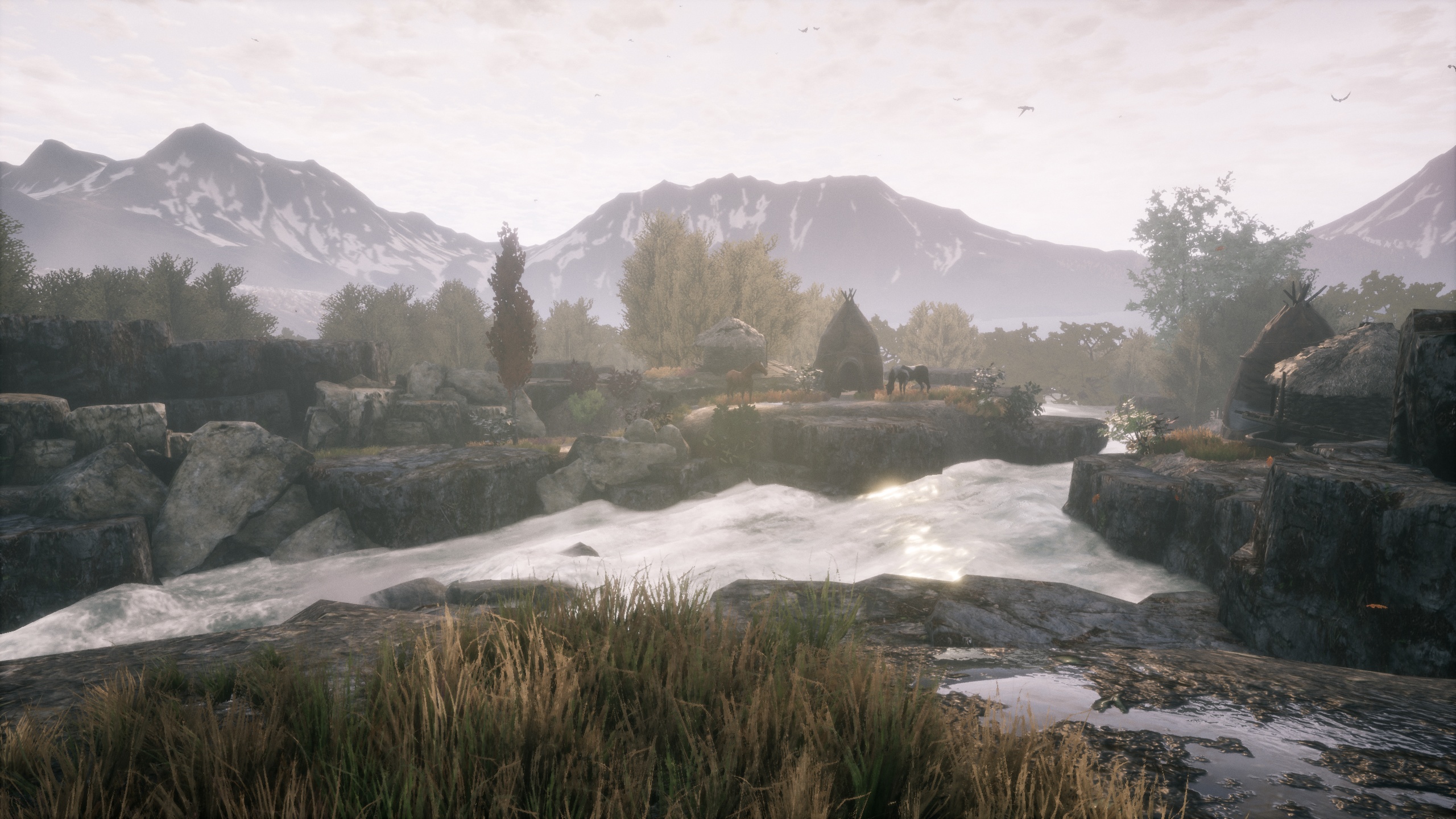
In the interest of full disclosure, the publisher provided VGamingNews with a copy of the game in order to conduct this review.






